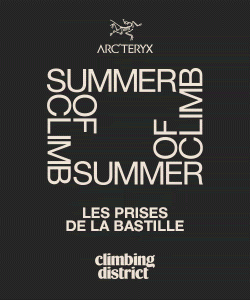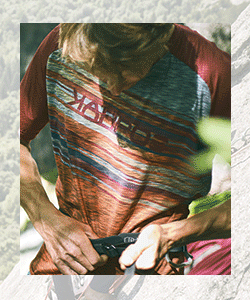Neuroplasticity and motor learning to increase your performance

Can you jump two grades by training… muscle memory? Understand the principles of neuroplasticity and motor learning to increase your performance. Ignore them and you can expect to languish in a never-ending plateau.
Have your ever had a short-term project, say, two weeks in length, that went from feeling impossible to possible in just a few sessions? We all know it takes longer than a couple of weeks to build stronger muscles. So what changed? Why couldn’t you flash the problem, and what made you be able to do it now? You have neuroplasticity and motor learning to thank.
What is neuroplasticity?
Neuroplasticity, or neural plasticity, is defined as, “the ability of the nervous system to change its activity in response to intrinsic or extrinsic stimuli by reorganizing its structure, functions, or connections.” This is typically researched and utilized clinically when focusing on patients with stroke or traumatic brain injuries (TBI). But neuroplasticity occurs even in healthy individuals by two common mechanisms:
- Neuronal regeneration/collateral sprouting
- Functional reorganization
Functional reorganization is the central nervous system’s ability to change what cortical areas (different parts of the brain) execute certain functions or movements based on patterns of use or experiences, which in this case involves practicing certain movements on the wall. This is the mechanism that is used more commonly for healthy individuals, whereas neuronal regeneration only occurs as a result of peripheral nervous system (nerves in arms and legs) injury.
Read also Campus Board : Ballistic vs. Non-ballistic Power Exercise

Studies have found that repeated, challenging practice can lead to “brain mapping” changes, meaning that muscles used more frequently and challenged harder will have better representation in the brain, leading to increased efficiency. Maximizing efficiency can make a huge difference during climbing, allowing for better muscle activation and coordination.
In fact, a study from 2013 found that prolonged periods of rock climbing actually leads to structural changes in the brain. This specifically occurs in the cerebellum and parietal lobe, which are crucial brain areas for balance and coordinated movements, as well as action and motor planning. And a 2019 study found that having higher expertise in climbing led to automaticity of certain motor movements, generally meaning that the better the climber, the more movements became “second nature” to them. The principles to maximize neuroplasticity for improved performance on the wall are explained below.
What is motor learning?
Motor learning is “an improvement of motor skills [managing process of movement] through practice, which are associated with long-lasting neuronal changes.” This is an important concept to be familiar with as a rock climber. As the primary type of neuroplasticity and functional reorganization we utilize will be in the motor learning/movement department.

It is important to note that motor learning and neuroplasticity can be both good and bad based on practice and experience. This is clinically known as adaptive or maladaptive behavior or changes. Adaptive behaviors are what we’re aiming to achieve with these principles. For example, continuously practicing different hold types in order to prevent overuse injuries, or learning to engage your legs on dynos to get a more powerful movement.
Maladaptive behaviors can occur after injury. Or simply in the absence of not knowing proper technique, which is common in beginners. An example of a maladaptive behavior would be winging your elbows out during a climb, which is a learned behavior that can potentially lead to increased shoulder stress. After injury, limited use of that joint or muscle affected is common due to pain or fear/expectation of pain. So in order to still complete the climb, your body will compensate by using other joints excessively.
Neuroplasticity and motor learning : bibliography
Randolph J. Nudo, Erik J. Plautz, Garrett W. Milliken, Adaptive Plasticity in Primate Motor Cortex as a Consequence of Behavioral Experience and Neuronal Injury, Seminars in Neuroscience, Volume 9, Issues 1–2, 1997, Pages 13-23, ISSN 1044-5765,
Di Paola, M., Caltagirone, C. and Petrosini, L. (2013), Prolonged rock climbing activity induces structural changes in cerebellum and parietal lobe. Hum. Brain Mapp., 34: 2707-2714. https://doi.org/10.1002/hbm.22095
Carius D, Hörnig L, Ragert P, Kaminski E. Characterizing cortical hemodynamic changes during climbing and its relation to climbing expertise. Neurosci Lett. 2020;715:134604. doi:10.1016/j.neulet.2019.134604
Anna-katharine Brem, Kathy Ran, Alvaro Pascual-leone, Chapter 55 – Learning and memory, Editor(s): Andres M. Lozano, Mark Hallett, Handbook of Clinical Neurology, Elsevier, Volume 116, 2013, Pages 693-737, ISSN 0072-9752, ISBN 9780444534972










